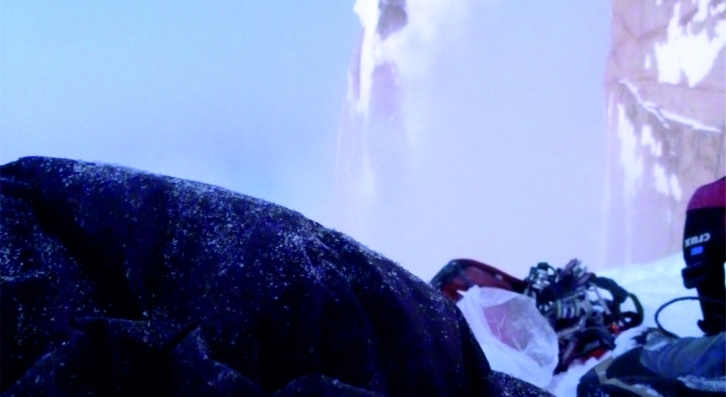CHOOSING A SLEEPING BAG
Having bought, borrowed, slept well/badly in, been too hot/cold in, and now designed and manufactured sleeping bags, it seems to me that the “right” sleeping bag is a compromise between numerous, highly subjective considerations. So whether you are buying your first or your fifth sleeping bag, you might like to bear the following in mind.
Buy a good one
A good-quality sleeping bag is one of the most expensive items you can buy, but as you can expect it to last up to 30 years, it is definitely worth spending the money. You should never have to replace it. And by good quality, we mean a bag with a high fill-power rating – 750 (EU) as an absolute minimum. Down of this quality maintains superior loft longevity and greater resilience to being compressed when packed.
Buy a versatile one
Since a sleeping bag is likely to be one of your most used items of outdoor equipment, it makes sense to buy one that is versatile. A sleeping bag with 500 g of down fill is a great all-rounder until you start looking at trips to the Andes and the Greater Ranges, or the Alps in deepest winter. A bag with 700 g may be a little warm for summer in Scotland, but can accompany you up to 6000–7000 metres, depending on your tolerance for the occasional night of discomfort. Anything over 700 g of fill is likely to be your second bag, i.e. one that you are buying for a specific destination and end-use, as it would be too warm (and unnecessarily heavy) for normal (i.e. less extreme) trips.
Be fussy about performance
Sleeping-bag performance is generally quantified in terms of temperature ratings, about which we have more to say elsewhere. Look for EN13537 ratings and beware of bags making claims significantly outside the standard bounds. Basically, if you are comparing different bags containing more or less the same weight of down, and the down is of comparable fill power (give or take 50 FP), then their temperature ratings should be within a degree of each other.
Be realistic about temperatures
Temperatures experienced by climbers on expedition are often exaggerated. Yes, I’ve spent a night alone in an open bivouac at 6800 metres, in winter, and I’m certain it was at least -25ºC. But to be honest, I really can’t tell the difference between -15º and -25º: they are both seriously cold. In reality, the only places that are extremely and consistently cold are at high altitudes, extreme latitudes, or in deep winter. In short, don’t buy a bag that is warm for one or two really cold nights but far too hot the rest of the time.
Be level-headed about weight
If you are going to be carrying your sleeping bag in your rucksack, you will be concerned about weight. But although ultra-lightweight bags may appear attractive, they are not without drawbacks. Firstly, they will not be waterproof or water-resistant. Secondly, the zip – if they have one – may be lightweight, with possible consequences on their robustness or durability. Thirdly, the fabrics used are likely to be less robust – often resulting in a proliferation of duct-tape patches. Take time to weigh up the pros and cons – a few extra grams could equal a few extra years’ bag life.
Consider the conditions
When choosing the “right” sleeping bag, the manufacturer’s design criteria are only part of equation; it is just as important to factor in your own performance parameters. How much food will you be eating and will your body’s energy output be sufficient to warm your bag? How long are you going to spend on a route and what kind of shelter (mountain hut, tent, bivouac bag) will you have? What ground insulation will you have? Are you expecting high or low air humidity at your destination and altitude? Depending on your answers, you will be better suited with a lighter or heavier, waterproof or non-waterproof bag.
Know your limits
Finally, but definitely not least, there is your own psychological make-up and how you assess risk. How much suffering and misery are you prepared to endure by going out with a lighter bag, for example? How close do you want to cut your margin of comfort or safety?

